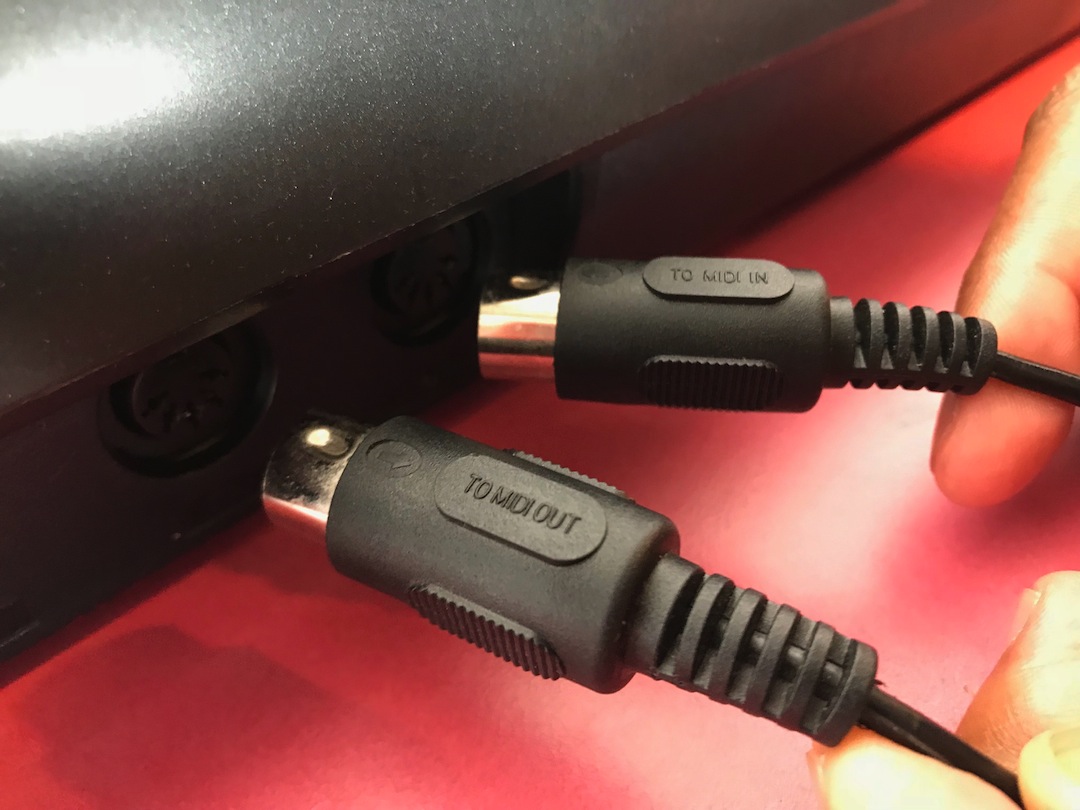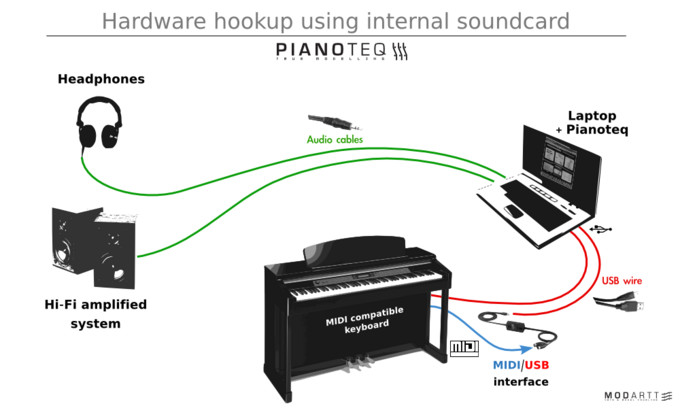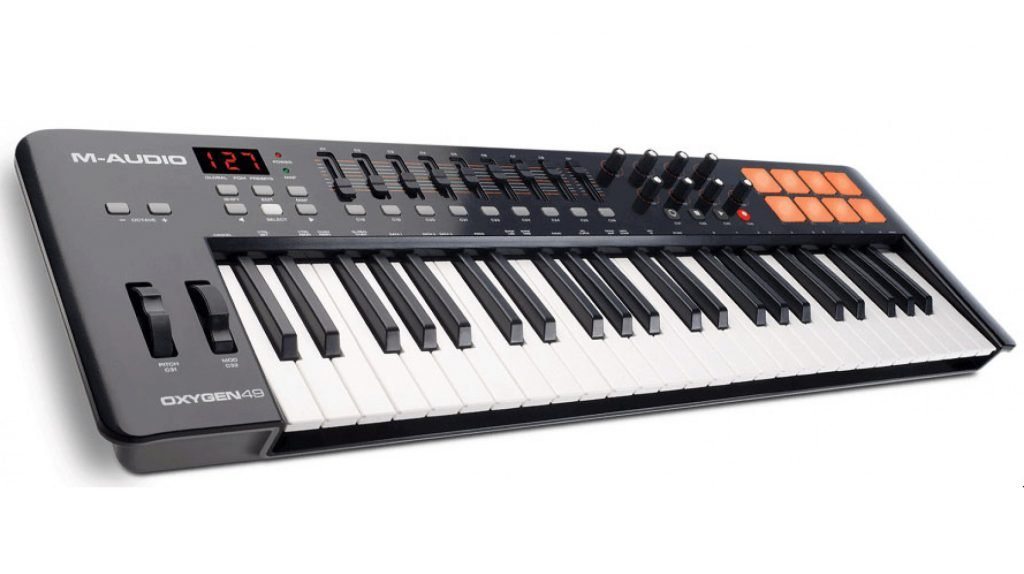

You should then connect the USB A end of the cable to the personal computer. If multiple USB connections are available on a digital piano, such as USB to device and USB to host, the USB B end of the cable should be connected to the USB host port rather than the USB device port. If the port is put incorrectly, it might be damaged.

Connect it to the Digital Piano’s USB ports now.

You’ll see that the end of the wire of the USB B looks more square. This connecting wire is also known as a printer cable because you may also use it to connect personal computers to printers. If your digital piano has a USB connectivity port, you’ll need a USB A to USB B cord. The wires normally come with most Roland and Yamaha digital pianos. You may also buy connecting cables separately if your piano doesn’t have them.It’s a good idea to double-check the USB port labels on the back of your digital piano for USB To Host or USB, as well as MIDI Out and MIDI In.If the digital piano has MIDI connections, you’ll need to use MIDI to USB cables. If there’s a USB connectivity port in your digital piano, you’ll need a USB A to USB B cable.After this, you must connect the digital piano to the appropriate cable to communicate with the computer.The first step in ensuring that the digital piano is compatible with a personal computer is to ensure that it has either MIDI ports or USB ports.In this post, we’ll teach you how to link up your digital piano to your personal computer, Android devices, and Apple iOS devices.

This connection in digital pianos allows you to practice and record various styles of music, as well as move them between devices. There are a variety of connectivity options available with digital pianos. Connectivity is one of the features that distinguishes digital pianos from regular acoustic pianos. How can you connect a digital piano to your PC, iOS, or Android device? This is an important question that many people ask and we’ll answer it here in this post.


 0 kommentar(er)
0 kommentar(er)
